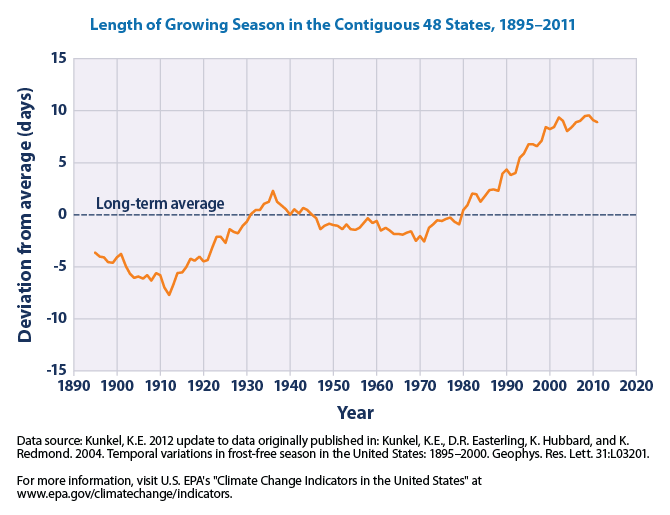“You’re sure you don’t want to go to school in Florida?” asked my grandmother upon hearing of my decision to apply as an early decision applicant to Colgate University. No, she didn’t ask me this in hopes of me being closer to her for the next four years of my life. Like many, she was aware of the fact that Colgate and the Central New York (CNY) area as a whole is notorious for some of the worst winter weather in the Northeast. I enthusiastically shook my head “no” and crossed my fingers that an acceptance letter would arrive in a few weeks.
Fast forward to the middle of October in the following year. I had just finished a regular day of classes at Colgate, and returned to my residence hall to relax before I would meet my friends for dinner and start my assignments for the night. Sitting down at my worn, scratched desk, with the memories of those before me etched in tiny letters, I flipped open my computer and opened up the Internet – the perfect distraction from my schoolwork. Unlike most students, I didn’t immediately go to Facebook, Twitter, or another social media site, but instead went to the webpage for the Weather Channel. As I checked the 10-day forecast for the Hamilton area, I let out a loud shriek, to the surprise of my roommate. In a short nine days, we were expected to receive snow showers – our first winter weather event of many to come.
Ever since I was a little girl, I have had a strange fascination for all things weather related. My family would tease me that I would be the next meteorologist on the news as I excitedly babbled about the latest weather stories from around the country. I became transfixed on watching the Weather Channel during every single hurricane event. My L.L. Bean ski coat was part of the Weather Channel’s winter weather line. I dreamed of being a storm chaser: outrunning a tornado or broadcasting live from the beach during a hurricane, tethered to my camera crew for dear life.
For most people, winter at Colgate is a dreaded four to six months. The majority of students prepare long in advance for the dark, cold, blustery days to come by purchasing their heavy, down jackets and bean boots. Others refuse to succumb to the sunless days, and continue to walk around the academic quad in shorts and flip-flops. Some of these people might just be a little crazy. Others could argue that with global warming, Colgate winters will soon be a thing of the past. Are these flip-flops-wearing people just anticipating what is to come in the future – a warmer winter, or even no winter at all?
Due to increased greenhouse gases in the atmosphere, as a result of human processes and routines, we are witnessing a warming process that will become more and more catastrophic as time goes on. On average, the United States will see a temperature rise of 4 to 11 degrees Fahrenheit over the next century, according to the National Wildlife Federation. While this may not seem like a very big difference, it will have drastic effects on the ecology of our planet. Warmer temperatures correlate with more moisture in the atmosphere, which leads to more destructive and severe storms. Among the disappearance of a true winter, many agricultural, ecological, and economic effects will be a result of this drastic change. Some crops will no longer be able to grow, while others will adapt to the warmer temperatures. Migrations of birds and hibernation periods of animals will be altered. Local ski resorts will be forced to close as snowfall amounts decrease. Nearly every aspect of our lives will be different.
I sat down with Professor Adam Burnett, William R. Kenan Jr. Professor of Geography and current Chair of the Geography Department, to obtain his input on what we should expect in the future in terms of extreme weather and climate change in Central New York. Professor Burnett specializes in Great Lake-Effect snowfall, among other meteorological fields, and is basing his speculations on current forecast models and his personal knowledge of the area.
We spoke about each season separately, as different features of the changing climate will vary by the time of year. The summer of 2013 at Colgate has been peculiar, to say the least. Nearly every day has been hot, humid, and stormy. We have received numerous flash floods, which have nearly doubled the size of Taylor Lake and have transformed Colgate’s Community Garden into a river. Professor Burnett compared a summer like this to something one would witness if they lived in Florida. While peculiar for us now, he believes that this will be the future of a Central New York summer. As water vapor destabilizes in the atmosphere, we will receive more “flashy” storms, bringing quick downpours and leading to saturated ground and flooding. Communities will be forced to adapt to protect their homes and neighborhoods from being destroyed.
While Hurricane Sandy was devastating and unusual for its landfall location, Professor Burnett foresees that more destructive hurricanes will be making their way up to the Northeastern United States, which will affect the CNY area. As global temperatures rise, so do ocean temperatures. Storms like hurricanes thrive in warm water, and if the water off the coast of the Northeast reaches temperatures comparable to Florida or South Carolina, storms will continue to strengthen in our region. Therefore, as we have already been seeing, we should expect to experience an autumn season with warmer temperatures overall, later first freeze dates, and more extreme, catastrophic weather events.
For winter, with the polar regions warming faster than the mid-latitude regions of the Earth, Professor Burnett thinks that we will see a weaker jet stream, which is more typical of summer. He sees two foreseeable options from this new wave-like pattern: either CNY would be to the South of the jet stream, bringing us a wet, rainy winter, or a deeper wave over the East coast would drive the jet stream south of us, leading to more coastal storms like nor’easters, which typically bring high amounts of winter precipitation. Professor Burnett sees the first option, of warmer weather, as the most likely prediction. In terms of lake effect snow, he thinks that snowfall amounts will be greater than average for the first few decades as the lakes warm. During the winter, it is when the lakes are not completely frozen that heavy snowfall events occur, as there is an increase of moisture in the area, and storm systems moving across the region pick it up and drop it over CNY.
For the spring season, expect the groundhog to not see his shadow: spring will be coming earlier than average. According to the EPA, since the start of the 20th century, the growing season in the lower 48 states has increased by about two weeks on average, with a very large increase occurring over the past 30 years.

Professor Burnett also says that tornadic activity could potentially become a springtime occurance in CNY, a part of the country that rarely sees tornadoes. They will probably not be to the extent of tornado season in states such as Kansas, Missouri, or Oklahoma, but with warmer temperatures and changing weather patterns, it could become a possibility.
Soon, my moments of excitement over the first predicted snowfall of the season will become more sporadic as our region sees less and less snowfall, eventually reaching average temperatures that no longer support a typical winter season. These realizations force us to not take the current seasonal patterns for granted – while we may all dread the Colgate winter, it will soon be a thing of the past, so we should enjoy its beauty and serenity while we still can.


